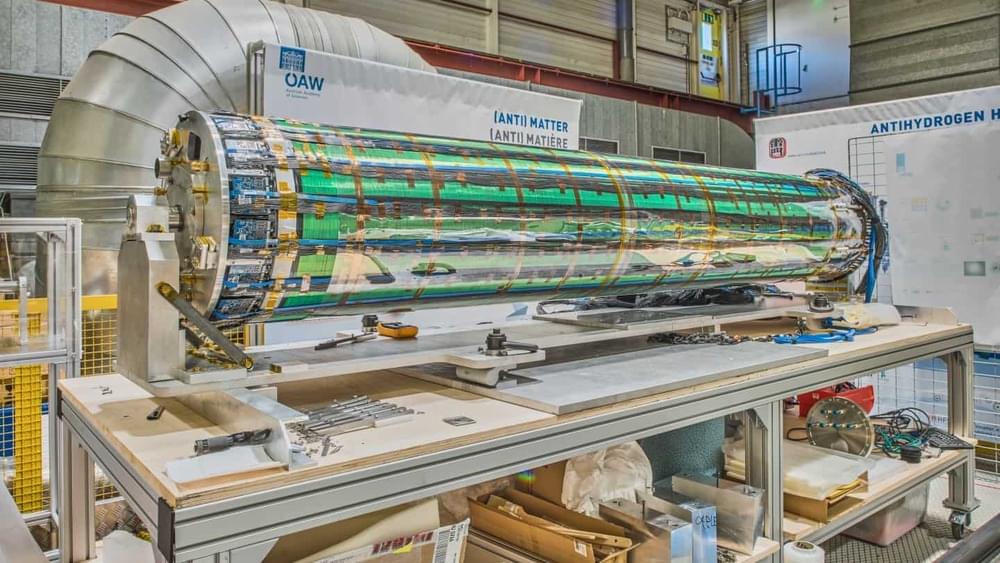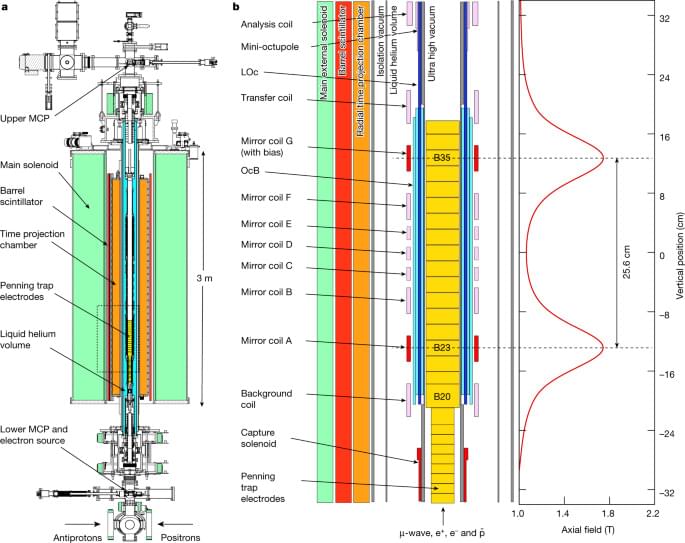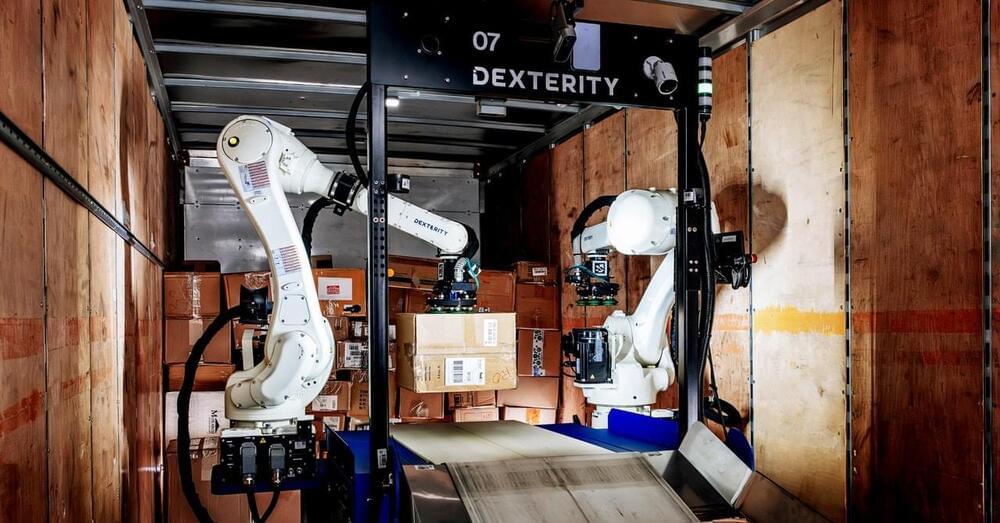ROCHESTER, Minn. — Don’t worry about your hips or knees as you age. Arthritis in those joints isn’t inevitable. Keep doing the activities you enjoy. Those hopeful words come from Rafael Sierra, M.D., an orthopedic surgeon at Mayo Clinic specializing in hip and knee reconstruction. Dr. Sierra says there is no need to curtail your activities out of fear that you’ll wear out those joints as you age and need joint replacement.
However, certain conditions, such as birth defects and anatomical issues, may predispose a person to have hip or knee problems. Untreated, hip dysplasia and hip impingement are leading causes of hip replacement in people under 50. Having bowlegs, knock knees — or other structural issues — can hasten the need for knee replacement.
“But it’s not like the rest of us have to be worried and say, ‘OK, at age 50, maybe I should have my hips or knees examined by a doctor,’” Dr. Sierra says. “In general, your body — your musculoskeletal system — will let you know when you have issues.”









